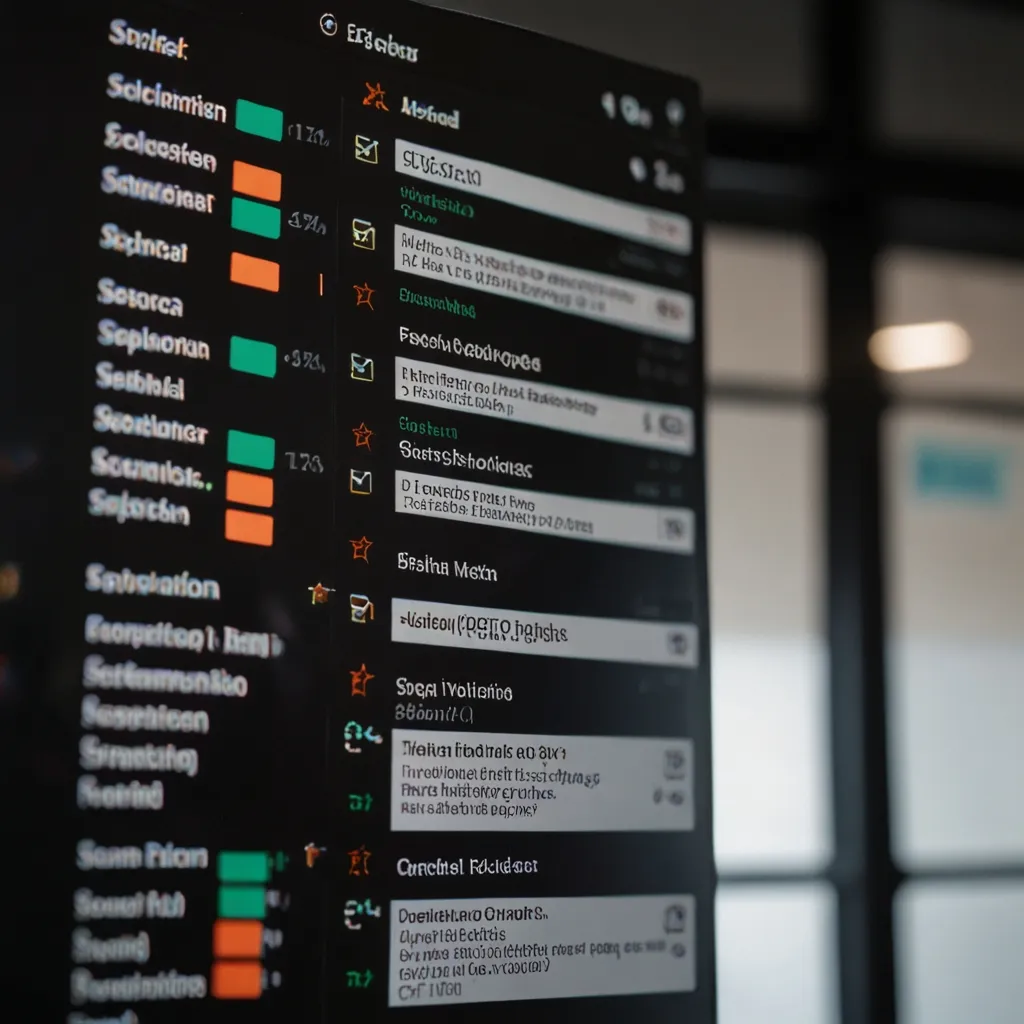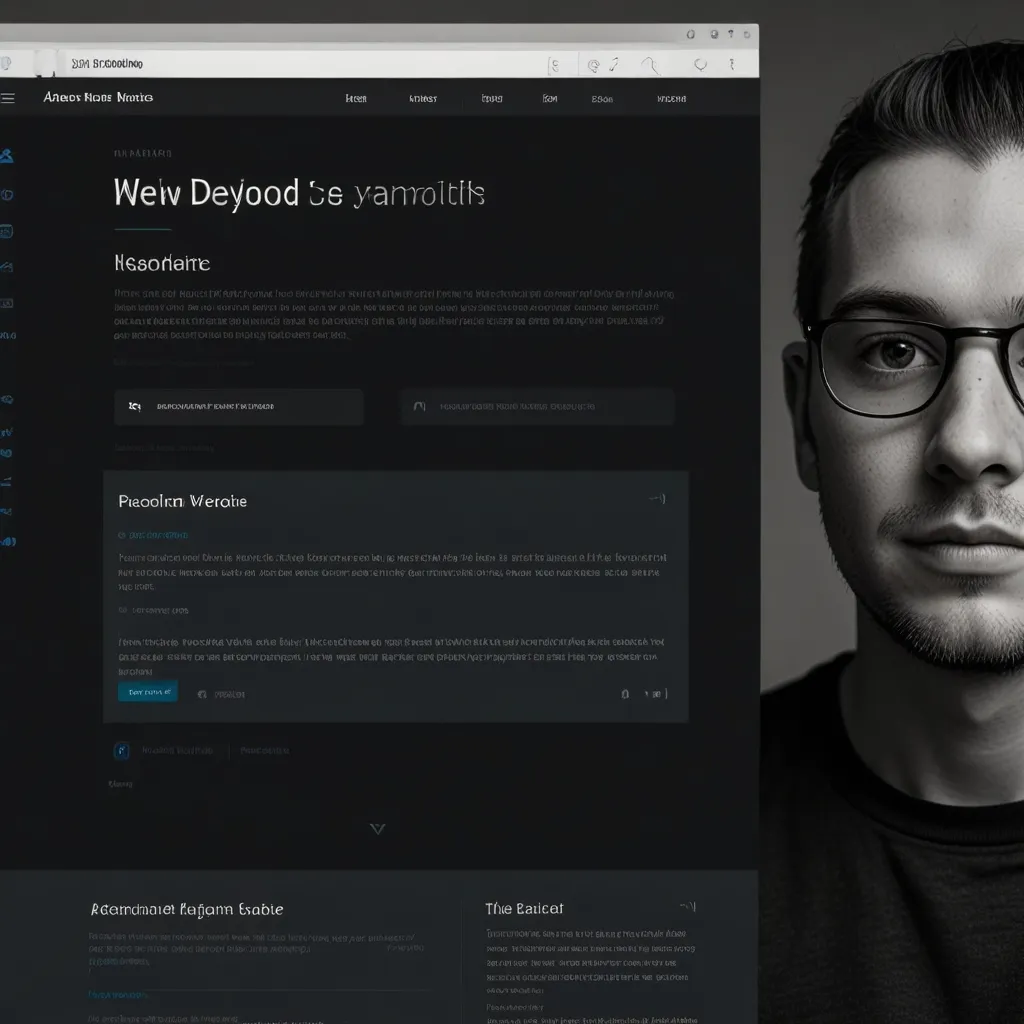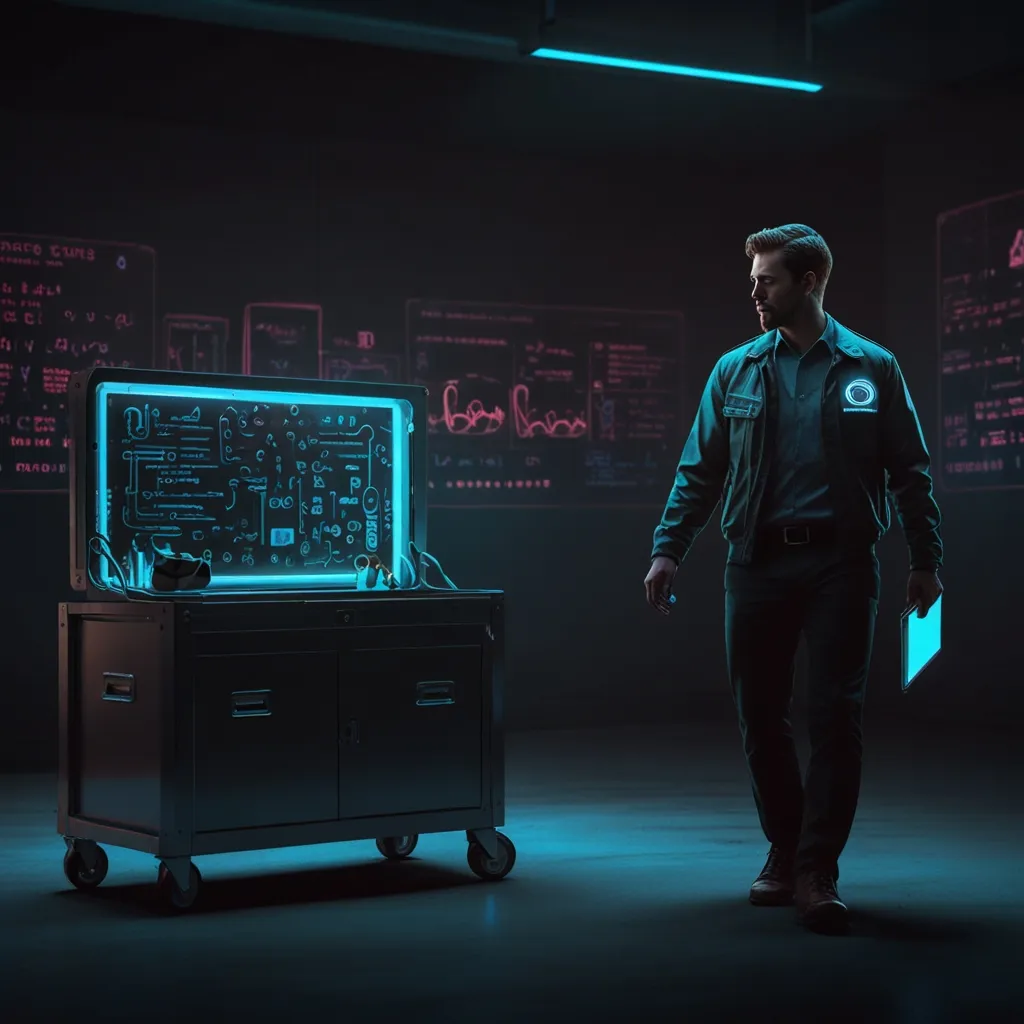Augmented Reality (AR) is shifting the tide in various industries, drastically changing how we interact with the digital universe. One of the hottest topics right now is WebAR—this tech innovation brings AR directly to websites, eliminating the need for users to download any apps. It’s a big deal and is transforming the way we consume online content.
The Surge of WebAR
So, WebAR—what’s the big deal? Well, it’s essentially AR that you can access straight from your web browser. No more downloading separate apps, no fuss. Just a simple URL link, QR code, or NFC tag, and bam—you’re in AR territory. It’s especially cool for online shopping. Imagine browsing furniture and instantly seeing how it would look in your room just by clicking a link. It’s super convenient and increases user engagement by leaps and bounds. No one likes the hassle of app downloads, and WebAR cleverly sidesteps that.
Wide Open Access
One stellar feature of WebAR is its universal appeal. It works on any browser, regardless of the device or operating system you’re using. This means you don’t need to worry about having the latest phone or software. Broad accessibility equals a wider audience. Take Ikea, for instance. They’re using AR to let customers visualize furniture in their homes prior to making a purchase. This doesn’t just make the buying process smoother, but it also ups the likelihood of customers hitting the “Buy Now” button. Having this feature so easily available ramps up consumer confidence.
Cost and Ease
Creating AR apps is often expensive and time-consuming. The development can put a dent in even the heftiest budgets. WebAR, on the other hand, is easier on the wallet and simpler to set up. Using existing web technologies, developers can whip up and roll out AR experiences without much fuss. This not only saves businesses time and money but also makes AR more democratically available. Everyone can get a slice of the AR pie without breaking the bank.
Real-Life Uses
AR isn’t just confined to the realm of gaming and entertainment—it’s got some serious real-world applications. In retail, for instance, AR can help shoppers envision products in their homes. Education is another big winner; AR can turn boring lessons into interactive and immersive experiences. Imagine students visiting historical sites or interacting with 3D models of scientific concepts. Even tourism can get a boost—AR can guide visitors around cities, dropping tidbits of info about landmarks and attractions in real-time.
Boosting Consumer Experience
In the marketing world, AR is quickly gaining traction, and WebAR is the leading pack. By weaving AR into websites, businesses can deliver more engaging and interactive experiences. Say you’re in the food and beverage industry; AR can show how a dish is prepared or the ingredients used. This not only makes the experience more enjoyable but also builds trust and transparency. Consumers dig that.
Tackling Usability Woes
Sure, AR is cool, but it has its hiccups. Usability can be a real pain, with issues like poor discoverability and low visibility plaguing the experience. WebAR tackles these problems head-on, offering a seamless and intuitive experience. No need to fiddle with complicated apps—just click a link, and you’re good to go. This simplicity ensures that users are more likely to engage with AR without feeling overwhelmed.
Technical Game
WebAR comes packed with its own set of capabilities, much like AR apps that use specific frameworks. It can pinpoint users within a scene and offer real-time interactions—all within a browser. Even though AR apps can delve deeper into the technical prowess of mobile devices, WebAR’s capabilities are more than sufficient for most consumer-facing applications. It strikes a balance, making it an efficient choice for businesses wanting to add AR to their online mix without the extra hassle.
Future Outlook
The future of WebAR is looking pretty bright. With lots of investments and rapid technological advances, WebAR is becoming a pivotal part of the online world and economy. As more businesses get on board with WebAR, we’re going to see a slew of innovative applications. From elevating e-commerce to transforming educational experiences, WebAR is poised to be a major player. Its accessibility and ease-of-use make it a top choice for businesses wanting to leverage AR tech without dealing with the complexities and costs of app development.
Wrapping It Up
WebAR is shaking things up, allowing us to experience augmented reality straight from our browsers. It’s accessible, cost-effective, and user-friendly, making it a powerful tool for both businesses and consumers. As AR keeps climbing in popularity, WebAR is likely to be key in shaping future online interactions. Whether you’re a retailer aiming to enhance shopping experiences or an educator looking to jazz up learning, WebAR offers a straightforward, impactful solution. With its potential for reaching wide audiences and delivering immersive experiences, WebAR is set to be an essential feature of our digital lives.






